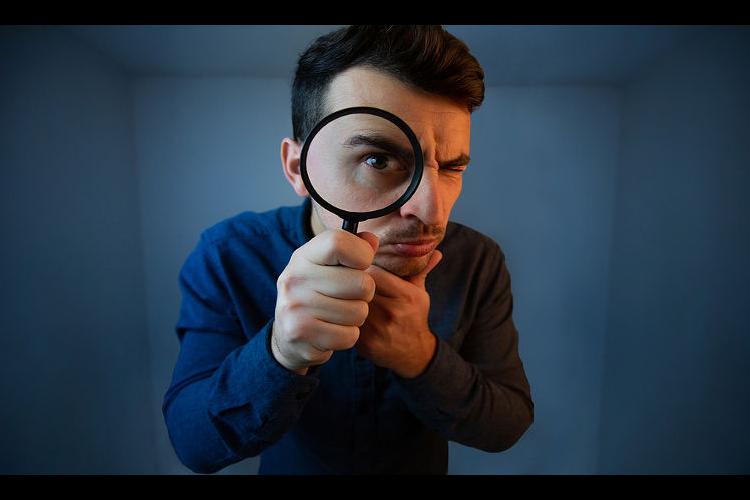What is Token and what is Tokenization

First, let's try to clarify and explain what a token is and what an asset is.
TOKEN: what is
A token is nothing more than an encrypted code recorded on Blockchain. That code encapsulates within it a set of information that gives digital ownership rights to whoever owns it within a digital wallet.
In a broader sense when we talk about a token we are talking about a cryptocurrency, although this is not exactly correct as a cryptocurrency can be a token or a coin.
Read this article to find out the difference between token and coin.
ASSET: what is
An asset instead is "in a very broad sense, any tangible or intangible entity susceptible to economic evaluation for a certain subject".
An asset identifies any good, asset or digital object that has a quantifiable value.
After this necessary premise, I'll explain what it means to tokenize an asset.
Tokenization
Tokenizationis a process that consists in the digital representation of an assetin a Blockchain file.
It means registering on the Blockchain a token, unique in its kind, not mutually interchangeable with another token and "associating" it to the asset in question.
In a nutshell, tokenize means to digitally recreate that asset resulting in the creation of ownership rights to that asset.
A token is nothing more than an encrypted code recorded on Blockchain. That code encapsulates within it a set of information that gives digital ownership rights to whoever owns it within a digital wallet.
In a broader sense when we talk about a token we are talking about a cryptocurrency, although this is not exactly correct as a cryptocurrency can be a token or a coin.
NFT: cos'è
You've probably already heard of NFT, but what you may not know is that a so-called non-fungible token is nothing more than the tokenized version of a unique asset.
An NFT is a token with characteristics that make it unique and distinguishable from others.
These characteristics make it exclusive and digitally scarce, in that there is only one token of that kind.
BITCOIN
Bitcoins, for example, are not NFT because 1 bitcoin can be exchanged with any other existing bitcoin, or anyway, all bitcoins have the same mutual value.
Since nfts are unique in their own way, presenting specific peculiarities, they can identify any asset (also unique, for example a painting) and guarantee to whoever is the owner of the token, the right of ownership of that asset.
Fiduciary Intermediation? No, thanks!
At this point you may be wondering…
- Who guarantees that the encrypted code is the representation of an asset?
- How do I know that that token represents an asset?"
The answer is that you don't need a trust broker!
All tokens represented on the Blockchain are recorded and visible in real time by anyone.
There is no need for an intermediary to guarantee that "Goofy" is the owner of that token. Everyone can see who that particular token belongs to.
Decentralization
The Principle of Decentralization, intrinsic to the Blockchain, has eliminated the problem of trust in digital environments, giving the network the right to be able to democratically ascertain whether a token is owned.
If the network agrees that any asset is represented in its digital version by a token registered on Blockchain, then that same token reflects and embodies the essence of the asset in question.
Simply put, if an entire decentralized community agrees that a digital work of art is represented by a token, then it is natural to think that that token represents the digital ownership of that work.
What can be Tokenized?
Technically you can tokenize any object, physical or digital.
For example, you can tokenize:
- a painting
- a digital work of art
- a drink
- a property, a company
- an identity document
- a notarial deed
- and even a pet
Nothing escapes the potential of tokenization.
This does not mean that any object associated with a token automatically assumes a market value.
In order to take on value, it is necessary that any other individual in the world is willing to pay a certain amount of money to purchase that asset.
If no one is willing to purchase a digital token representing a painting, then that token will be worth nothing.
If, on the other hand, there is supply and demand for that asset, then it clearly has value.
Benefits of Tokenization
The benefits of the practice of tokenization are many:
1) the concept of digitizing a physical asset
Physical items are sometimes difficult to move, are bulky, heavy and are prone to deterioration. A digital asset is easy to move between one Blockchain address and another, does not take up physical space but only the space on a computer's hard drive (in the case of installing applications on wallet hardware or in the case of installing wallet software), and does not deteriorate over time.
2) The possibility of splitting an asset
Through tokenization it is possible to divide, for example, a painting into several parts by tokenizing a certain number of tokens representative of that work.
It would be possible to tokenize "La Gioconda" generating 1000 different tokens in which each of them represents 0.1% of the property of the painting.
In this way you could own, digitally, a small piece of Gioconda.
3) Reducing the bureaucratic component of administrative, judicial or notarial acts
By tokenizing any public or private act, you could drastically reduce the time and cost of production of the bureaucratic apparatus.
Bypassing numerous tasks performed by humans through Blockchain technology would make it possible to perform many of these steps safely, quickly and automatically.
Not to mention the impossibility, or extreme unlikelihood, of incurring random and non-random errors because, I remind you, Blockchain is an extremely foolproof and incorruptible technology.